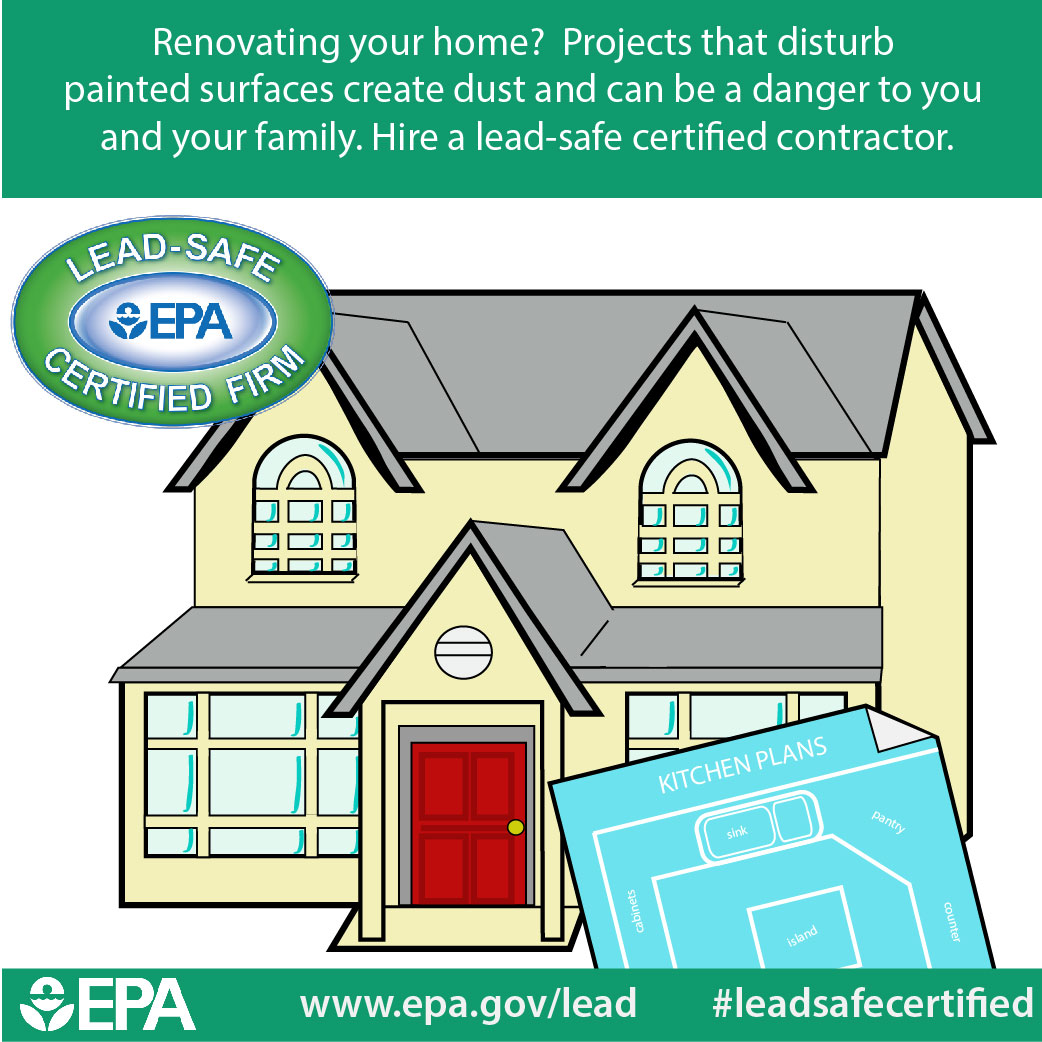Seasonal Factors To Consider For Commercial Outside Paint: What You Need To Know
Seasonal Factors To Consider For Commercial Outside Paint: What You Need To Know
Blog Article
Uploaded By-Burnham Chaney
When you're intending a commercial external painting project, seasonal factors can make or break your results. You'll want to think about just how temperature level and moisture effect paint application and drying out times. Choosing the appropriate season can ensure your paint sticks appropriately and lasts much longer. However which seasons are genuinely the best for this kind of work? Allow's discover the key elements that can affect your project's success.
The Impact of Temperature on Paint Application
When you're intending a business external painting project, the temperature level can significantly influence exactly how well the paint sticks and dries out.
Ideally, you wish to paint when temperatures range in between 50 ° F and 85 ° F. If it's too cold, the paint might not treat correctly, bring about issues like peeling off or fracturing.
On the other hand, if it's as well hot, the paint can dry also promptly, avoiding correct adhesion and causing an irregular finish.
You need to likewise consider the moment of day; morning or late afternoon provides cooler temperature levels, which can be much more desirable.
Constantly check the producer's recommendations for the details paint you're utilizing, as they frequently give assistance on the excellent temperature array for ideal results.
Humidity and Its Effect on Drying Times
Temperature isn't the only ecological factor that affects your business exterior paint job; moisture plays a considerable duty also. High humidity degrees can reduce drying out times substantially, influencing the overall high quality of your paint job.
When the air is filled with dampness, the paint takes longer to treat, which can lead to issues like inadequate attachment and a greater danger of mildew development. If you're painting on a specifically moist day, be prepared for extended delay times in between layers.
https://house-painter-near-me09764.win-blog.com/15707447/enhancing-your-residential-property-value-through-industrial-outside-paint to keep track of local weather conditions and plan accordingly. Preferably, go for humidity levels between 40% and 70% for ideal drying out.
Maintaining these factors in mind ensures your job stays on track and provides a long-term coating.
Best Seasons for Commercial Exterior Painting Projects
What's the most effective season for your industrial exterior paint jobs?
Springtime and early fall are normally your best options. Throughout these periods, temperatures are light, and humidity degrees are frequently reduced, creating excellent conditions for paint application and drying out.
Prevent summer season's intense heat, which can trigger paint to completely dry too swiftly, leading to bad attachment and surface. In a similar way, winter's cool temperature levels can impede proper drying and treating, risking the long life of your paint task.
Aim for days with temperature levels in between 50 ° F and 85 ° F for optimum results. Remember to inspect Read the Full Document for rain, as damp problems can ruin your project.
Planning around these aspects ensures your painting project runs smoothly and lasts much longer.
Final thought
To conclude, planning your industrial exterior paint projects around seasonal factors to consider can make a substantial distinction in the result. By organizing work during the suitable temperature levels and humidity levels, you'll make certain much better adhesion and drying out times. Bear in mind to watch on regional weather report and select the right time of year-- spring and very early loss are your best choices. Taking these steps will assist you achieve a durable and specialist coating that lasts.
